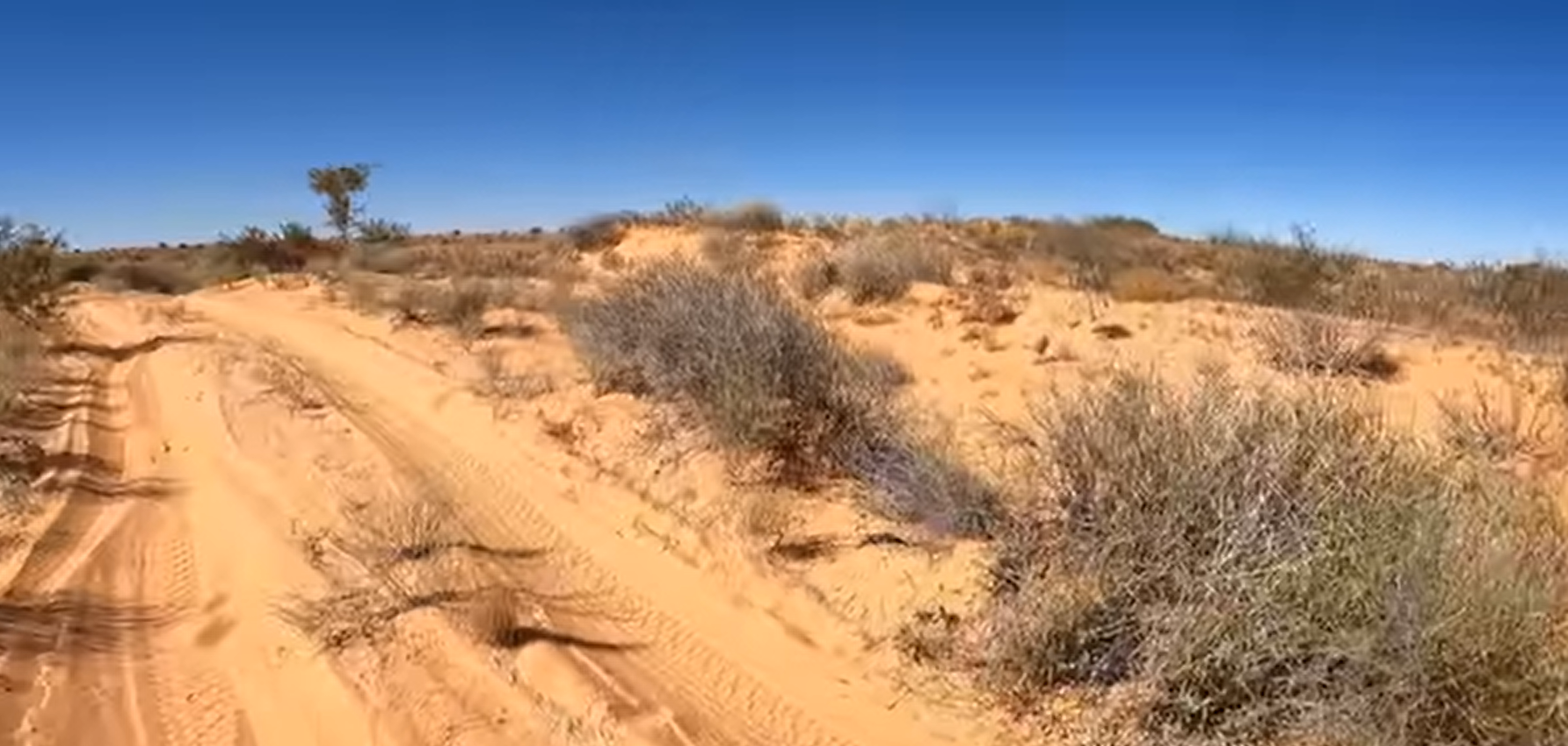Rangelands refer to expansive natural landscapes such as grasslands, shrublands, woodlands, and deserts, primarily used for grazing livestock and wildlife. These ecosystems are managed to produce forage plants that are crucial for the sustenance of herbivores.
Key Characteristics of Rangelands:
- Vegetation: Dominated by native plants like grasses, shrubs, and herbaceous plants.
- Climate: Includes a range of climates from arid to semi-arid and humid environments.
- Land Use: Used for grazing livestock, providing wildlife habitat, water catchment, recreation, and cultural values.
Importance of Rangelands:
- Biodiversity: Support diverse plant and animal species.
- Ecosystem Services: Soil conservation, water filtration, carbon sequestration, and climate regulation.
- Livelihoods: Critical for the livelihoods of pastoralist communities and ranchers.
- Cultural Significance: Hold cultural and historical importance for indigenous and local communities.
Management Practices:
- Sustainable Grazing: Ensuring grazing does not exceed the land’s capacity to regenerate vegetation.
- Restoration: Activities like reseeding native plants, controlling invasive species, and managing erosion.
- Conservation: Protecting ecologically valuable areas and managing wildlife habitats.
Rangelands play a pivotal role in environmental health, economic activities, and cultural heritage, making their sustainable management essential.
Controlling Bodies of Rangeland Management
International:
- International Rangeland Congress (IRC): Promotes the exchange of scientific and technical information on all aspects of rangelands, including research, planning, development, management, extension, education, and training.
New Zealand:
- Agriculture and Resource Management Council of Australia and New Zealand (ARMCANZ): Collaborates with the Australian and New Zealand Environment and Conservation Council (ANZECC) to develop principles and guidelines for rangeland management.
Australia:
- Australian Rangeland Society: Advances the science and art of rangeland management in Australia by providing a platform for researchers and practitioners to share knowledge and best practices.
- Rangelands NRM WA: A non-government organization that supports the sustainable use of natural resources in Western Australia.
USA:
- US Forest Service: An agency of the United States Department of Agriculture (USDA) that administers approximately 191 million acres of National Forest Systems lands, including rangelands. The Forest Service ensures sustainable grazing, wildlife habitat, and other ecosystem services.
These organizations are vital for the sustainable management and conservation of rangelands in their respective regions.

